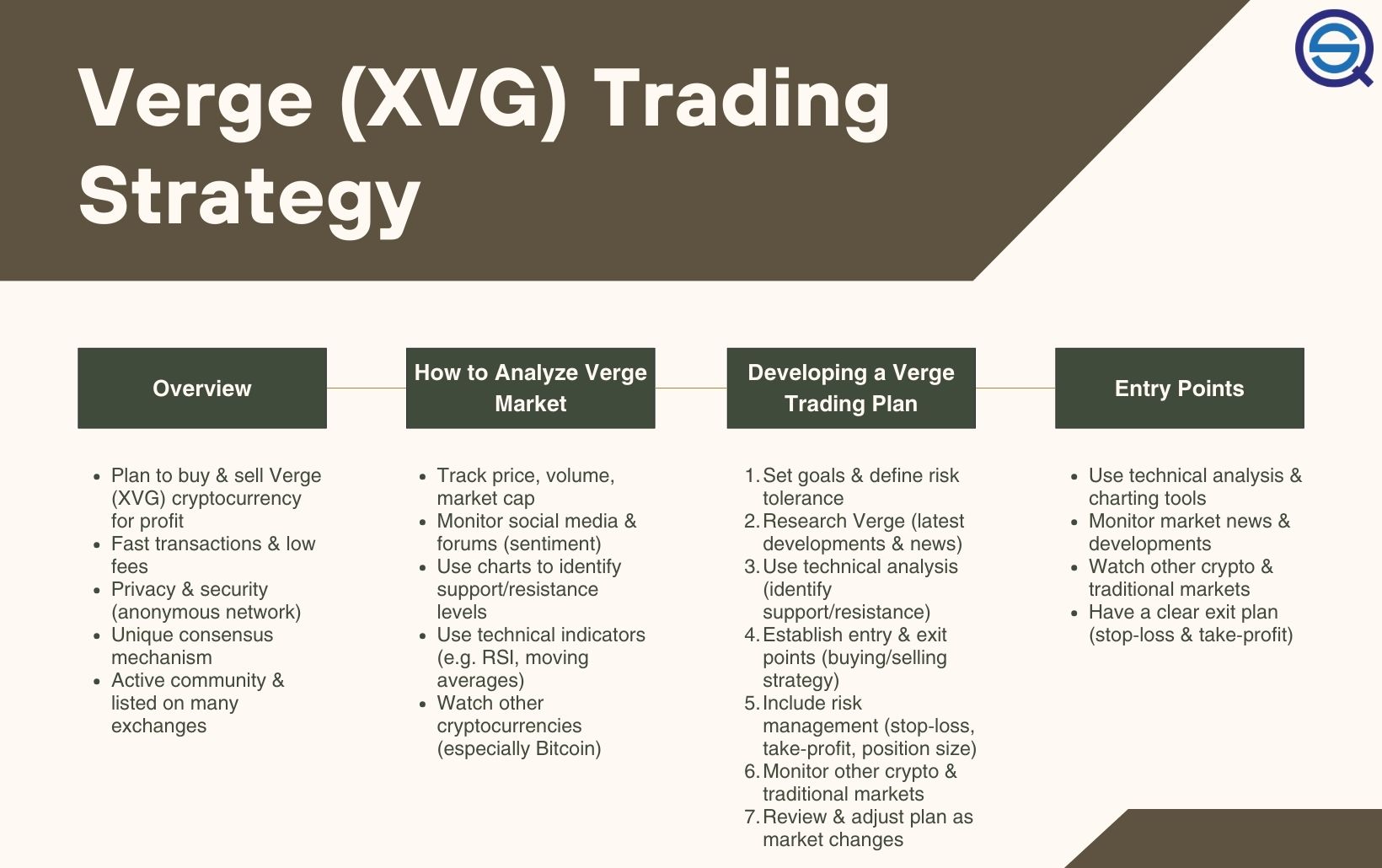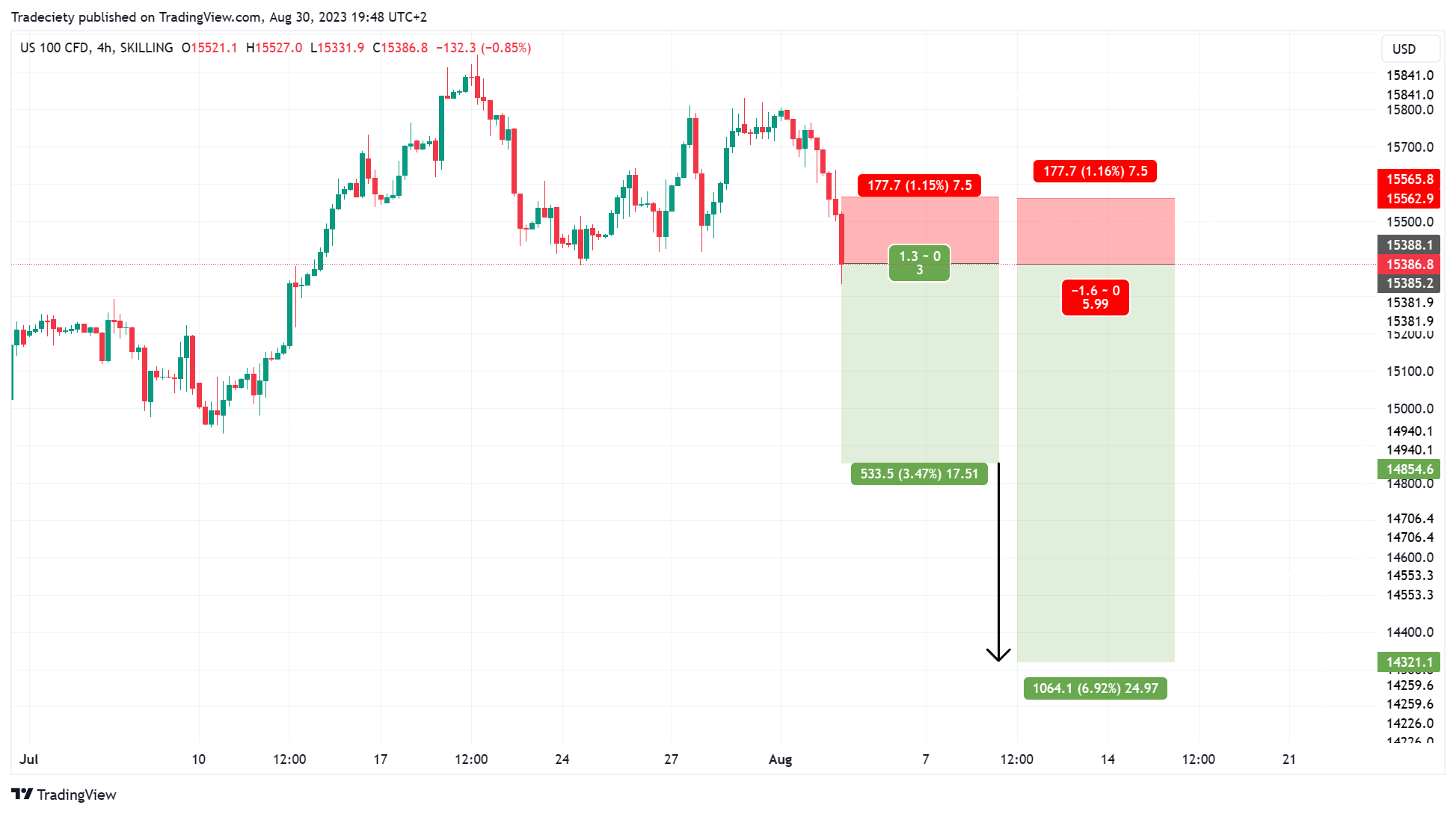Did you know that some traders treat earnings reports like a roller coaster ride—thrilling but potentially stomach-churning? In this article, we dive into crucial strategies for managing stop-loss risk during earnings reports. You'll learn how to set effective stop-loss orders and adjust them for optimal protection as volatility spikes. We’ll explore the impact of earnings on stock price movements, common pitfalls to avoid, and how to leverage technical analysis for better decision-making. Additionally, we’ll discuss the role of position size, how to handle post-earnings price gaps, and the potential benefits of trailing stop-loss orders. With insights from DayTradingBusiness, you’ll be better equipped to balance risk and reward around earnings announcements.
How can I set effective stop-loss orders before earnings reports?
Set tight stop-losses just below support levels or recent lows before earnings, reducing risk if the stock drops sharply. Use a percentage-based stop (e.g., 2-3%) to limit losses if the stock moves against you. Avoid placing stop-losses too close to current price to prevent premature exits from normal volatility. Consider setting mental stops and manually adjusting them as earnings approach, based on market sentiment. Keep stop-loss orders flexible if earnings are highly unpredictable, and monitor news for potential gaps or gaps risk.
What are the best practices for adjusting stop-loss levels during earnings season?
Set tighter stop-loss levels before earnings to protect against volatility. Avoid moving stops impulsively; wait for the stock's reaction post-report. Use technical levels like support or resistance as guides for stop placement. Consider trailing stops to lock in gains if the stock moves favorably. Be cautious with wide stops that can cause unnecessary losses from earnings swings. Monitor market sentiment and earnings expectations to adjust stops proactively.
How do earnings reports impact stock volatility and stop-loss strategies?
Earnings reports can cause sudden stock swings, increasing volatility and triggering stop-loss orders unexpectedly. To handle this risk, set wider stop-loss levels before earnings to avoid premature exits. Avoid placing stop-losses too tight around earnings dates, as reported surprises can lead to sharp price moves. Consider using mental stops or options hedging instead of automatic orders during earnings seasons. Stay alert to earnings calendar and news to adjust your risk management ahead of reports.
Should I tighten or loosen my stop-loss before earnings announcements?
Loosen your stop-loss before earnings to avoid being triggered by typical volatility. Tightening it can protect gains but risks getting stopped out on normal price swings. Most traders loosen stops to give the stock room to move during uncertain earnings reports.
How can I avoid getting stopped out by false price swings during earnings?
Set wider stop-losses before earnings to account for volatility. Use mental stops or avoid placing stops right before earnings release. Consider trailing stops that adjust as the stock moves, not fixed ones. Watch for pre-earnings price action; avoid trading if the stock is choppy. Use options like straddles or strangles to hedge against big moves. Avoid placing stops too close to support or resistance levels that might trigger false swings. Stay patient and wait for post-earnings confirmation before tightening stops.
What are common mistakes traders make with stop-losses around earnings reports?
Traders often set stop-losses too tight before earnings, getting stopped out by normal volatility. They also fail to adjust stop-loss levels for expected earnings swings, risking larger losses. Another mistake is using fixed stops without considering recent price action or implied volatility, leading to premature exits. Some traders ignore the increased risk during earnings, causing emotional reactions or holding onto losing positions too long. Lastly, they rely solely on technical levels without factoring in upcoming earnings events, missing the opportunity to protect profits or limit losses effectively.
How do implied volatility and earnings expectations influence stop-loss placement?
Implied volatility and earnings expectations increase market uncertainty, causing larger price swings. During earnings reports, high implied volatility suggests wider price movements, so placing stop-losses farther away prevents being stopped out by normal volatility. If earnings expectations are high, stocks may gap or jump unexpectedly, requiring wider stops. Conversely, low implied volatility and neutral expectations mean tighter stops can be safer. Adjust stop-loss placement based on anticipated volatility and earnings sentiment to avoid premature exits or unexpected losses.
When is the best time to place a stop-loss order before earnings releases?
Place a stop-loss order just before earnings releases when you can’t monitor the stock closely, ideally a day or two before, to avoid sudden volatility. Avoid setting stops right before the announcement if you want to prevent being stopped out by temporary swings. Adjust your stop-loss closer if you anticipate high volatility, or widen it if you expect a big move. The goal is to protect gains without getting caught in false breakouts.
How can I use technical analysis to set better stop-loss points during earnings?

Use technical analysis by identifying key support levels and recent trendlines before earnings. Set stop-loss just below these support points to protect against sudden drops. Watch for volume spikes or breakouts indicating momentum shifts, and adjust your stop-loss accordingly. Use moving averages or Fibonacci retracements to find logical exit points that align with market behavior during earnings.
What role does position size play in managing stop-loss risk during earnings?
Position size determines how much you risk on an earnings trade; smaller sizes limit potential losses if the stock moves against you after the report. It acts as a buffer, preventing a single earnings surprise from causing a big hit to your portfolio. By adjusting your position size, you control the dollar amount at risk, making it easier to set effective stop-loss levels and avoid overexposure during volatile earnings periods.
Learn about The role of position sizing in controlling stop-loss risk
How do I handle gaps in stock price after earnings reports?
Set wider stop-losses before earnings to account for volatility, then tighten them afterward if the stock moves favorably. Use options like straddles or strangles to hedge against unpredictable swings. Avoid emotional trading—wait for the initial post-earnings jitter to settle before adjusting your stops. Consider scaling out positions gradually rather than risking a big drop all at once. Keep an eye on earnings guidance and market sentiment to anticipate potential gaps and adjust your risk management accordingly.
Can trailing stop-loss orders help manage risk during earnings volatility?
Yes, trailing stop-loss orders can help manage risk during earnings volatility by automatically locking in profits or limiting losses as the stock moves favorably, reducing exposure to sudden price swings around earnings reports.
Learn about Using trailing stops to manage stop-loss risk
How do I balance risk and reward when setting stop-losses around earnings?

Set your stop-loss just outside the typical earnings volatility range to avoid getting stopped out on normal swings. Use narrower stops if you’re comfortable with higher risk, but widen them if earnings are highly unpredictable. Consider placing stops based on support or resistance levels, not just a fixed percentage. Monitor upcoming earnings reports and adjust your stops accordingly, tightening them before volatile releases. Always weigh potential gains against the risk of sudden price swings; don’t set stops too tight, or you’ll get whipsawed, but avoid overly loose stops that expose you to big losses.
Learn about How to balance risk and reward with stop-loss strategies
Should I avoid using stop-loss orders during earnings reports?
Yes, avoid using stop-loss orders during earnings reports because stock volatility often spikes, triggering stops prematurely and locking in losses or missing rebounds.
How can I prepare for unexpected earnings surprises with stop-loss strategies?
Set tight stop-loss orders before earnings to limit potential losses if surprises hit. Use trailing stops to lock in gains as the stock moves favorably, giving flexibility during volatile earnings swings. Consider reducing position size ahead of earnings to lower overall risk exposure. Monitor earnings whispers and analyst expectations to anticipate sudden moves. Be ready to adjust stop-loss levels quickly if earnings trigger unexpected volatility. Always have a contingency plan, like closing positions if the surprise causes sharp declines.
Conclusion about Tips for handling stop-loss risk during earnings reports
In summary, effectively managing stop-loss risk during earnings reports is critical for traders. By setting thoughtful stop-loss orders, adjusting levels based on market conditions, and incorporating technical analysis, you can navigate the volatility that earnings season brings. It's essential to understand how implied volatility and earnings expectations affect your strategies, as well as to avoid common pitfalls that can lead to premature exits. Remember, employing tools like trailing stop-loss orders and carefully considering your position size can bolster your approach. For more comprehensive insights into trading strategies and risk management, DayTradingBusiness is here to support your journey.